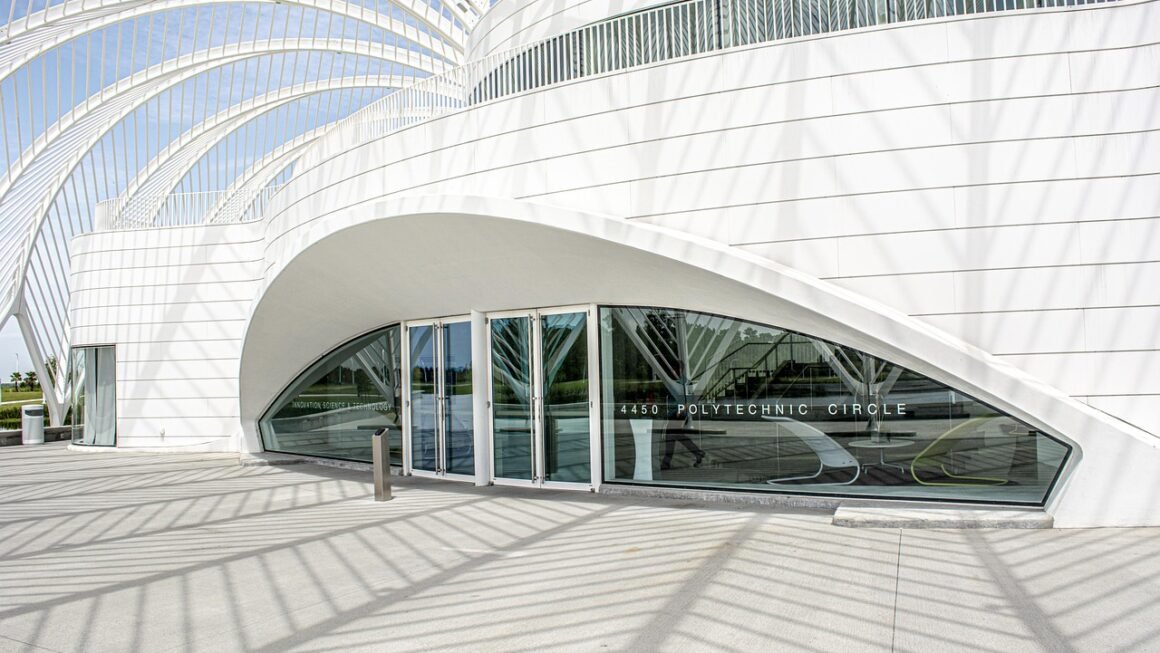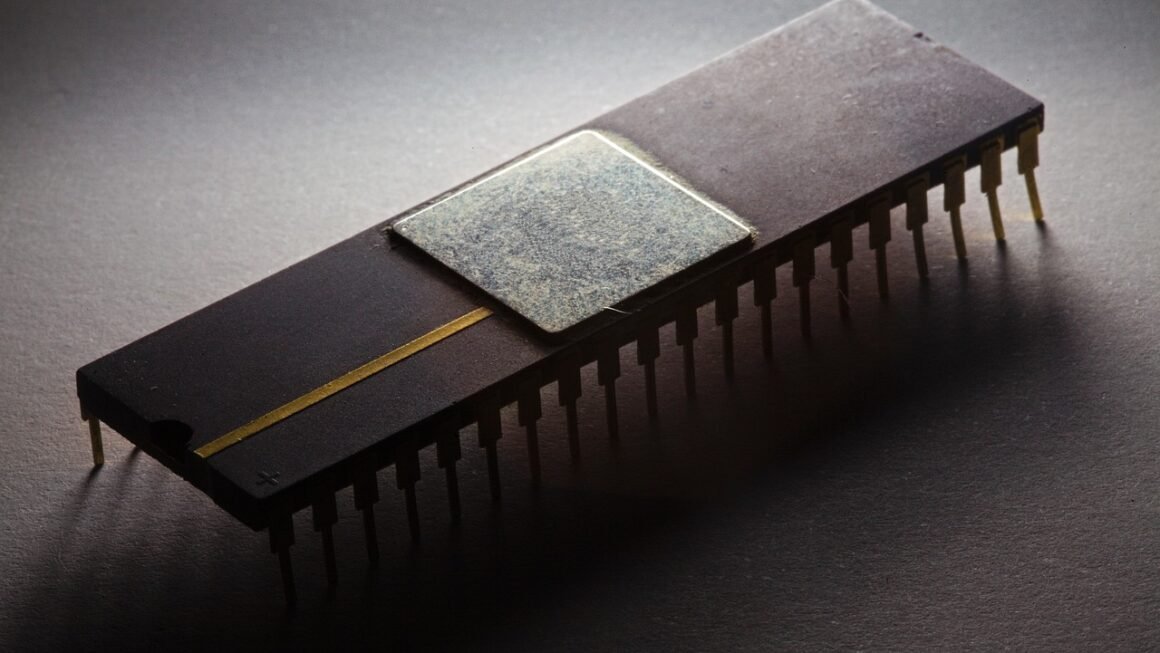The realm of virtual reality (VR) has rapidly evolved from science fiction to a tangible and transformative technology. Offering immersive digital experiences, VR is reshaping industries, entertainment, and the way we interact with the world around us. From gaming and education to healthcare and manufacturing, VR applications are becoming increasingly sophisticated and impactful. This article dives deep into virtual reality, exploring its core components, diverse applications, future trends, and how it’s revolutionizing various aspects of our lives.
Understanding Virtual Reality
Virtual reality is not just about wearing a headset; it’s about creating an interactive and immersive digital environment that users can experience as if it were real. This involves a combination of hardware and software working seamlessly to trick your senses.
Defining Virtual Reality
VR refers to a computer-generated simulation of a three-dimensional environment that can be interacted with in a seemingly real or physical way by a person using special electronic equipment, such as a helmet with a screen inside or gloves fitted with sensors.
- Immersion: The feeling of being physically present in a non-physical world.
- Interaction: The ability to engage with the virtual environment and objects within it.
- Sensory Feedback: Providing feedback to the user’s senses, such as sight, sound, and touch.
Key Components of a VR System
A typical VR system consists of several crucial elements that work together to create a convincing virtual experience:
- Head-Mounted Display (HMD): The primary hardware component, displaying the virtual environment to the user’s eyes. Examples include Oculus Rift, HTC Vive, and PlayStation VR.
- Tracking Systems: Essential for detecting the user’s movements and translating them into the virtual world. This can involve external sensors, cameras, or built-in gyroscopes and accelerometers.
- Controllers: Used to interact with objects and navigate the virtual environment. Common controllers include hand-held devices with buttons, triggers, and trackpads.
- Software and Content: The virtual environments, applications, and games that run on the VR system. This can range from simple simulations to complex, interactive experiences.
How VR Works: A Technical Overview
The technology behind VR involves complex algorithms and sophisticated hardware to create a seamless and believable experience.
Diverse Applications of Virtual Reality
VR’s potential extends far beyond entertainment. Its capacity to simulate realistic environments makes it a valuable tool across numerous sectors.
Gaming and Entertainment
VR gaming offers unprecedented levels of immersion, allowing players to step inside their favorite games and experience them in a completely new way.
- Examples: Beat Saber, Half-Life: Alyx, Resident Evil 7 VR.
- VR arcades and theme parks are emerging, providing social and shared VR experiences.
- VR concerts and live events offer immersive entertainment experiences for remote audiences.
Education and Training
VR can revolutionize education and training by providing interactive and engaging learning experiences.
- Medical Training: Surgeons can practice complex procedures in a safe and controlled VR environment.
- Flight Simulation: Pilots can train in realistic flight simulators that replicate real-world conditions.
- Historical Recreations: Students can explore historical sites and events in immersive VR environments.
- Corporate Training: Employees can undergo safety training, customer service simulations, and team-building exercises in VR.
Healthcare
VR is transforming healthcare by offering innovative solutions for diagnosis, treatment, and rehabilitation.
- Pain Management: VR can distract patients from pain and reduce the need for medication.
- Physical Therapy: VR games and simulations can help patients recover from injuries and improve their motor skills.
- Mental Health Therapy: VR can be used to treat phobias, anxiety, and PTSD by exposing patients to simulated environments in a controlled manner.
- Surgical Planning: Surgeons can use VR to plan and rehearse complex surgeries before performing them on patients.
Engineering and Design
VR is revolutionizing engineering and design processes by allowing professionals to visualize and interact with 3D models in a realistic environment.
- Architecture: Architects can use VR to create virtual walkthroughs of buildings and get feedback from clients before construction begins.
- Automotive Design: Engineers can use VR to design and test car prototypes in a virtual environment, reducing the need for physical prototypes.
- Product Development: Designers can use VR to visualize and evaluate product designs, identify potential issues, and make improvements before manufacturing.
Benefits of Using Virtual Reality
The advantages of VR technology extend across various sectors, offering significant improvements over traditional methods.
Enhanced Learning and Training Outcomes
- VR provides immersive and engaging learning experiences that can improve knowledge retention and skill development.
- VR simulations allow learners to practice complex tasks in a safe and controlled environment, reducing the risk of errors or injuries.
- VR training can be customized to meet the specific needs of individual learners, providing personalized and adaptive learning experiences.
Improved Efficiency and Productivity
- VR can streamline workflows and improve productivity in various industries, such as manufacturing, engineering, and design.
- VR collaboration tools allow remote teams to work together in a shared virtual environment, improving communication and coordination.
- VR simulations can be used to optimize processes, identify bottlenecks, and improve overall efficiency.
Cost Savings
- VR can reduce costs associated with training, travel, and physical prototyping.
- VR simulations can be used to test products and designs in a virtual environment, reducing the need for expensive physical prototypes.
- VR remote collaboration tools can reduce travel costs and improve communication among remote teams.
Increased Safety
- VR can provide a safe environment for training in hazardous or high-risk situations.
- VR simulations can be used to identify potential safety hazards and develop strategies to mitigate them.
- VR remote collaboration tools can reduce the need for workers to be physically present in dangerous environments.
The Future of Virtual Reality
The VR landscape is continuously evolving, with advancements in technology and increasing adoption across various industries pointing to a promising future.
Technological Advancements
- Improved Hardware: Expect lighter, more powerful, and more affordable VR headsets with higher resolution displays, wider fields of view, and improved tracking accuracy.
- Enhanced Haptics: Haptic feedback technology will become more sophisticated, allowing users to feel realistic textures, weights, and forces in VR.
- Brain-Computer Interfaces (BCIs): BCIs could allow users to control VR environments with their thoughts, eliminating the need for controllers.
- 5G and Cloud VR: 5G technology and cloud computing will enable more powerful and accessible VR experiences on mobile devices.
Market Trends and Growth
- The VR market is expected to continue growing rapidly in the coming years, driven by increasing adoption in gaming, entertainment, education, healthcare, and other industries.
- The rise of the metaverse, a persistent and shared virtual world, will further accelerate the adoption of VR and AR technologies.
- VR is becoming more accessible and affordable, making it available to a wider audience.
Potential Challenges and Limitations
- Motion Sickness: Some users experience motion sickness when using VR, which can limit the duration and enjoyment of the experience.
- Cost: VR headsets and accessories can be expensive, making them inaccessible to some users.
- Content Availability: The availability of high-quality VR content is still limited, particularly in some niche areas.
- Social Isolation: Excessive use of VR can lead to social isolation and detachment from the real world.
Conclusion
Virtual reality is rapidly transforming from a futuristic concept into a powerful tool with diverse applications across various industries. Its ability to create immersive and interactive digital environments offers unprecedented opportunities for learning, training, entertainment, and problem-solving. As technology continues to advance and become more accessible, VR is poised to revolutionize the way we interact with the world around us, promising a future where virtual and physical realities seamlessly blend. While challenges remain, the potential benefits of VR are undeniable, making it an exciting and transformative technology to watch in the years to come.



